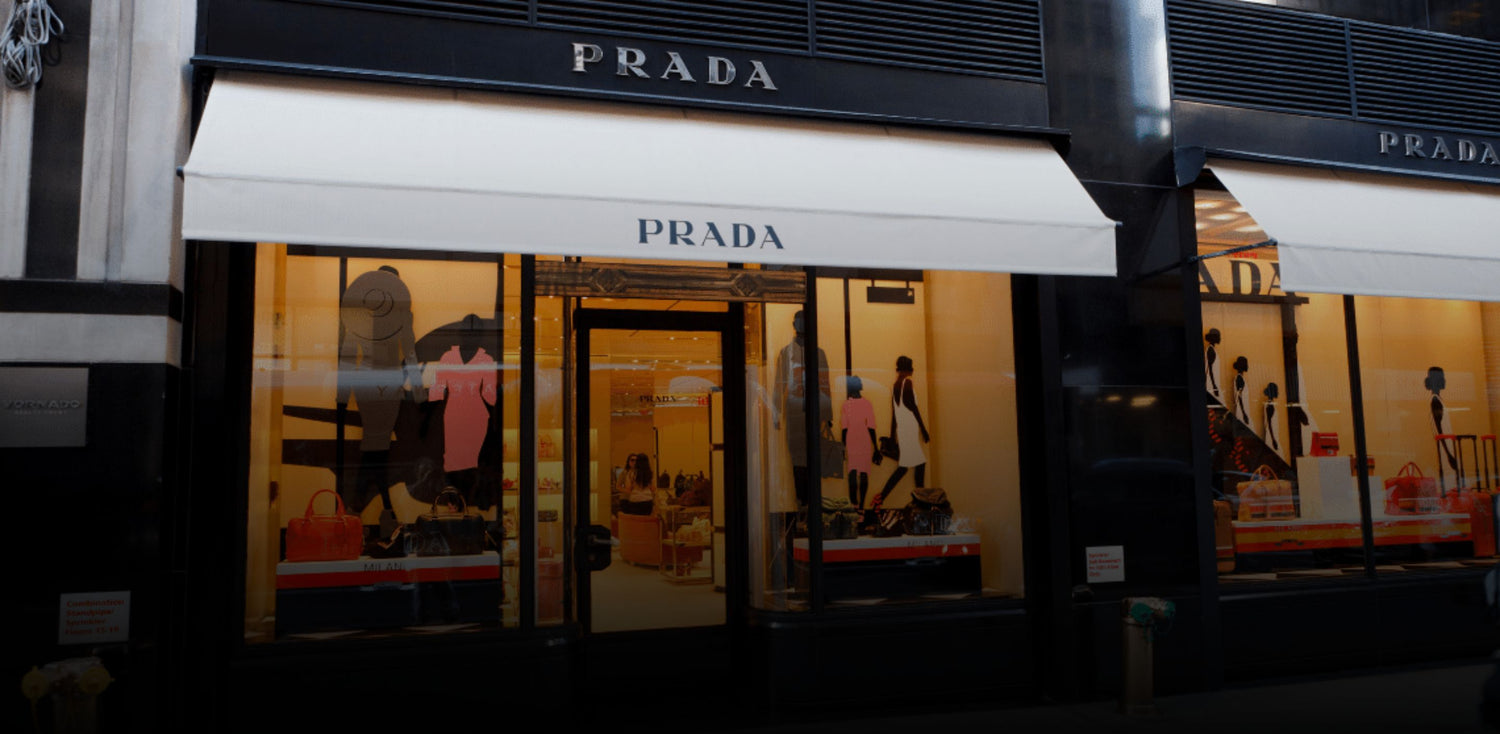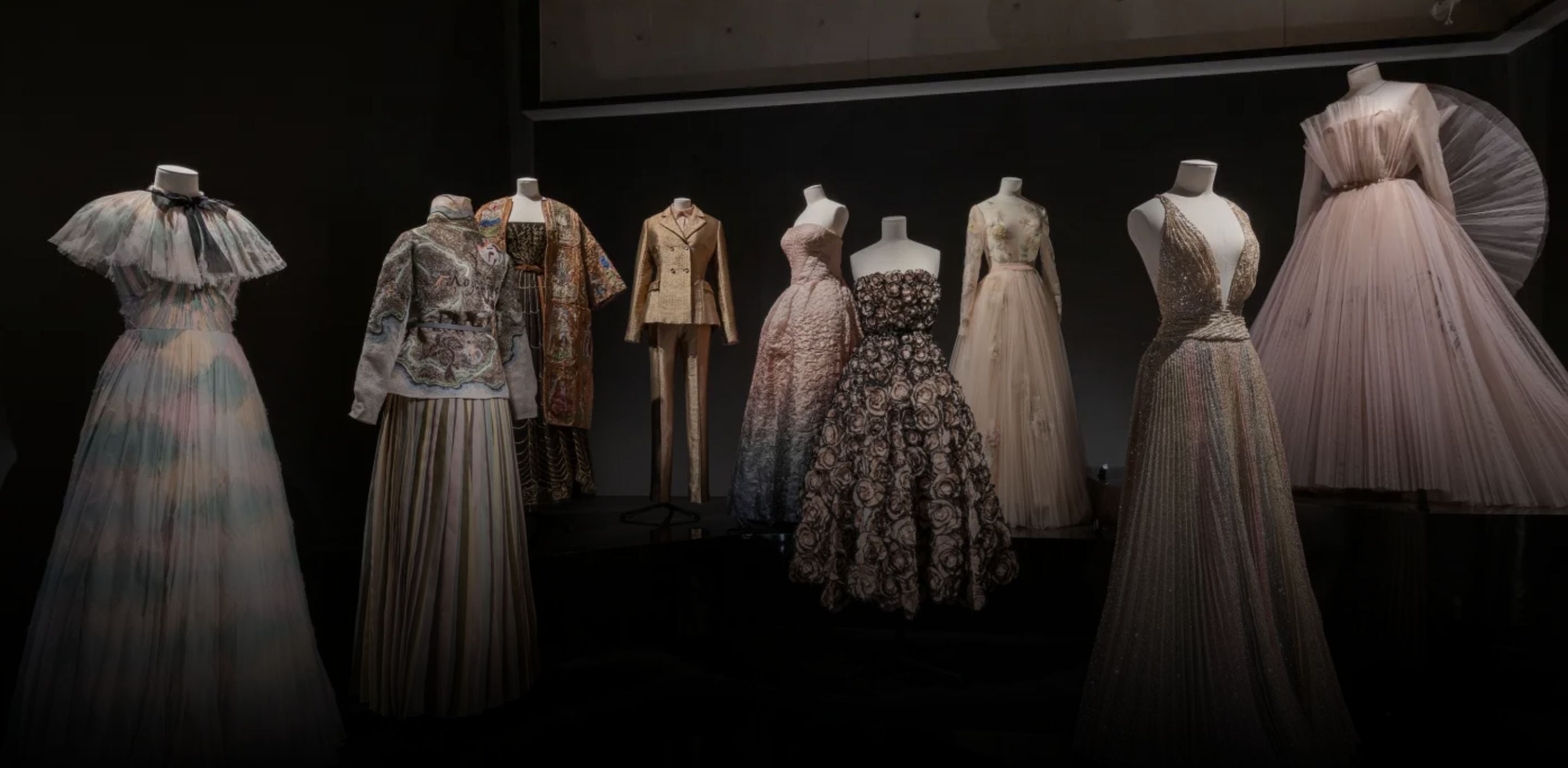Prada is instantly recognizable as one of the most iconic names in the fashion industry. They've always tried to come up with fresh ideas while staying true to the brand's classic style. The longevity of the House of Prada's success ensures that the Prada name will be sought for decades to come. Listed below is some background about the legendary Italian luxury fashion house, Prada.
The Original Prada Store

In 1913, Mario Prada and his brother Martino launched their first Prada store in Milan, Italy's prestigious Galleria Vittorio Emmanuele II. You may get luggage, steamers, and other travel necessities there.
Back in 1919, Prada was designated as the Official Supplier to the Italian Royal Family. Due to this honor, Prada was authorized to use the coat of arms and knotted rope motif of the House of Savoy in its own logo. Due to its uniqueness, Prada has become an emblem of Italian aristocracy.
The backstory of Prada is really starting to become interesting. Under the patriarchal societal norms of the time, Mario Prada did not believe that women belonged in the workforce. He didn't want any of his female relatives working for the company, therefore they weren't hired. It was odd that his only son showed little enthusiasm for the family business. Luisa Prada, Mario's daughter, succeeded him as CEO of the family business and ran it for over twenty years.
Expansion of Business

In the mid-1970s, Luisa Prada's daughter Miuccia joined her mother in the family business. Miuccia started out in the industry as a designer of little leather goods. She continued the family tradition of producing fine leather bags and luggage.
In 1977, Miuccia Prada met Patrizio Bertelli, a young Italian who owned a leather goods business. He became a member of the Prada family business and, together with Miuccia, altered the company's trajectory. The growth of the Prada brand may be attributed in part to Miuccia's polished creativity and Bertelli's business savvy.
New Arrivals at Prada

In 1979, the company diversified into footwear sales. Its first collection of women's shoes was well received. Success and recognition came to the firm. Prada expanded its chain of wholly-owned stores to include locations in a variety of international cities. These businesses stood out for their sleek decor and striking green wall color. The color was popularised and named after the brand, and the first "green store" opened on Milan's Via Della Spiga. London, Madrid, Tokyo, Paris, and Tokyo all got new boutiques.
The unprecedented global success of the Prada brand prompted Miuccia Prada and Patrizio Bertelli to explore the uncharted creative territory. A line of women's clothing was introduced in the '80s. Prada debuted on the Milan runways with a fall/winter 1988 collection. The designs stood out because of the narrow belts and lower waistlines. Prada's sophisticated silhouettes, luxurious fabrics, and striking color combinations revolutionized the industry. When Prada became one of the most sought-after brands in the early 1990s, the company's trajectory shifted.
Here at the Prada Mansion today

Miuccia Prada and her husband Bertelli have been at the helm of the Prada fashion house since their 1987 marriage. Prada's smaller competitors include Miu Miu, Church's, Car Shoe, and Pasticceria Marchesi. The Prada name continues to serve as the company's linchpin. In 2018, the iconic Prada Linea Rossa from the 1980s was reissued and received worldwide acclaim. As far as anybody can tell, Prada is here to stay.
FAQ
Is Prada a luxurious brand?
Prada is one of the world's most prominent and costly brands. Prada is an Italian fashion and lifestyle company based in Milan. It primarily sells men's and women's apparel, leatherwear, footwear, eyeglasses and accessories, and perfumes.
Is Prada a French fashion house?
Mario Prada started Prada, an Italian luxury fashion brand, in Milan in 1913.
What is Prada's style?
Prada clothing and accessories have been described as traditional and unconventional, frumpy yet edgy, and characterized by an ambiguous techno-retro aesthetic. Prada's style is contemporary on the one hand, relying on northern Italian traditions of understated elegance and superb workmanship.
We also happen to be a magnet for suggestions, and would love to catch yours….throw us yours on hello@fabriclore.com




